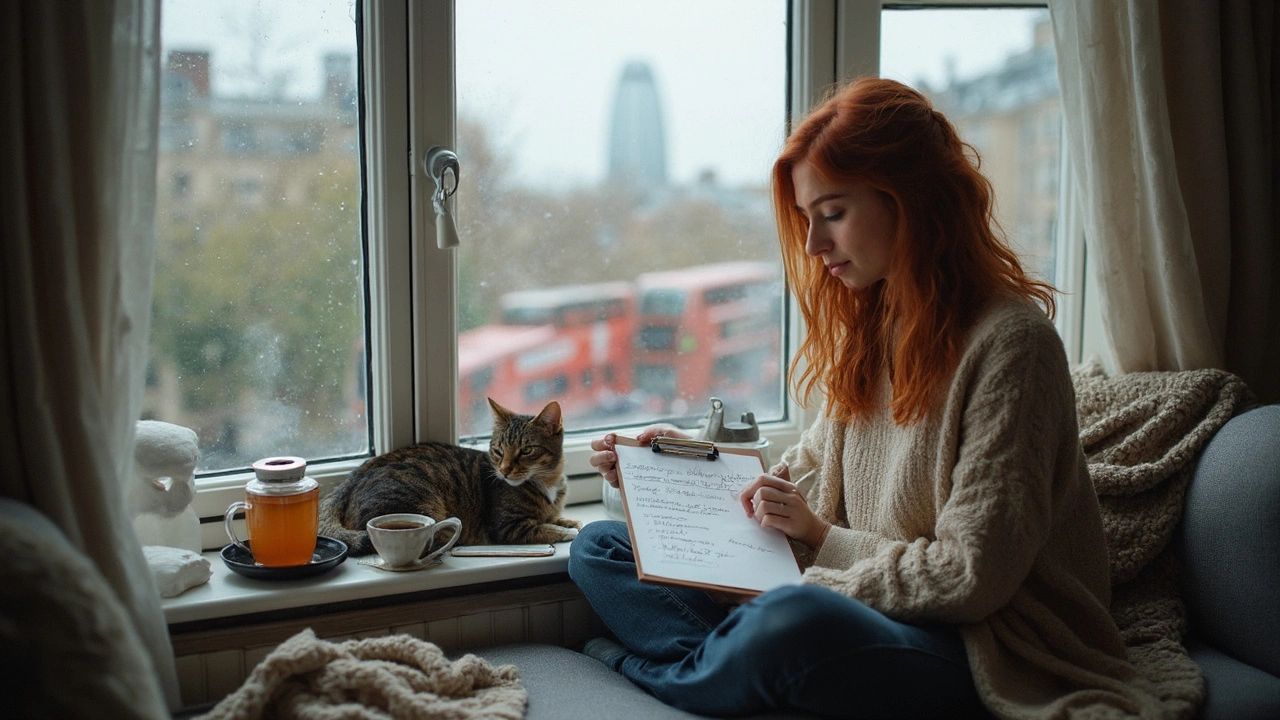Progressive Muscle Relaxation – How to Ease Tension in 10 Minutes
If you’re feeling tight shoulders, a knotty neck, or endless stress, you’ve probably tried deep breathing, yoga, or a quick walk. Those help, but there’s a technique that targets the muscles themselves: progressive muscle relaxation, or PMR for short. It’s a simple, science‑backed method that lets you feel the difference between tight and relaxed in real time.
PMR works because our bodies store stress as muscle tightness. When you consciously relax one muscle group after another, you send a signal to your brain that the “fight‑or‑flight” mode can shut down. The result? Lower heart rate, less cortisol, and a calmer mind without any fancy equipment.
Why PMR Works
Think of your muscles like a balloon. When you inflate it, it feels firm. When you let the air out, it becomes soft. PMR inflates (tenses) each muscle on purpose, then releases the tension. This contrast makes the relaxed state feel deeper, and it trains your nervous system to notice when you’re stressed.
Research shows that regular PMR can improve sleep, cut anxiety, and even reduce chronic pain. The key is consistency – a short session every day can rewire how your body reacts to stress.
Step‑by‑Step PMR Routine
Here’s a no‑fluff, 10‑minute routine you can do anywhere – at a desk, on the couch, or in bed. You only need a quiet space and a few minutes.
- Get comfortable. Sit or lie down, close your eyes, and take three slow breaths.
- Feet. Curl your toes tightly for 5 seconds, then release. Notice the warmth spreading.
- Calves. Pull your toes toward you, tightening the calf muscles. Hold, then let go.
- Thighs. Squeeze your thighs together, as if you’re holding a ball between them. Release.
- Buttocks. Tighten the muscles, hold, and relax.
- Stomach. Pull your belly button toward your spine, creating a gentle tension. Release.
- Chest. Take a deep breath, expanding the chest fully, then exhale and let the muscles soften.
- Hands. Make fists, hold, then open your palms wide.
- Arms. Bend your elbows, pull your forearms toward your shoulders, hold, and let go.
- Shoulders. Shrug them up to your ears, keep the tension, then drop them down hard.
- Neck. Gently press the chin toward your chest, hold a moment, then lift your head back to neutral.
- Face. Scrunch your forehead, close your eyes tightly, clench your jaw. Hold, then smooth everything out.
After you finish, stay still for a minute and notice how your body feels. You should sense a noticeable drop in tension and a calmer mind.
If you’re new to PMR, start with just the major groups – feet, calves, thighs, shoulders, and face. Add more as you get comfortable. The whole routine takes about 10 minutes, but you can make it shorter if you’re pressed for time.
Pro tip: Pair PMR with a gentle background sound, like white noise or soft instrumental music. It helps you focus on the sensations instead of external distractions.
Make PMR a daily habit, maybe right before bed or after a stressful meeting. In a few weeks you’ll notice you’re less jumpy, sleep feels deeper, and everyday aches fade. Give it a try – your muscles (and your brain) will thank you.
The Hidden Power of Relaxation Techniques for Mental Health
- Leonard Trimble
- Oct, 27 2025
Relaxation techniques like deep breathing, progressive muscle relaxation, and guided imagery can reduce stress, improve sleep, and boost mental health with just a few minutes a day. No apps or equipment needed.
Learn MoreMastering Relaxation Techniques: Practical Guide to Stress Relief and Better Sleep
- Lorena Fitzpatrick
- Sep, 2 2025
A clear, evidence-backed guide to mastering relaxation techniques for less stress, better sleep, and more joy-complete with steps, scripts, checklists, and FAQs.
Learn More
